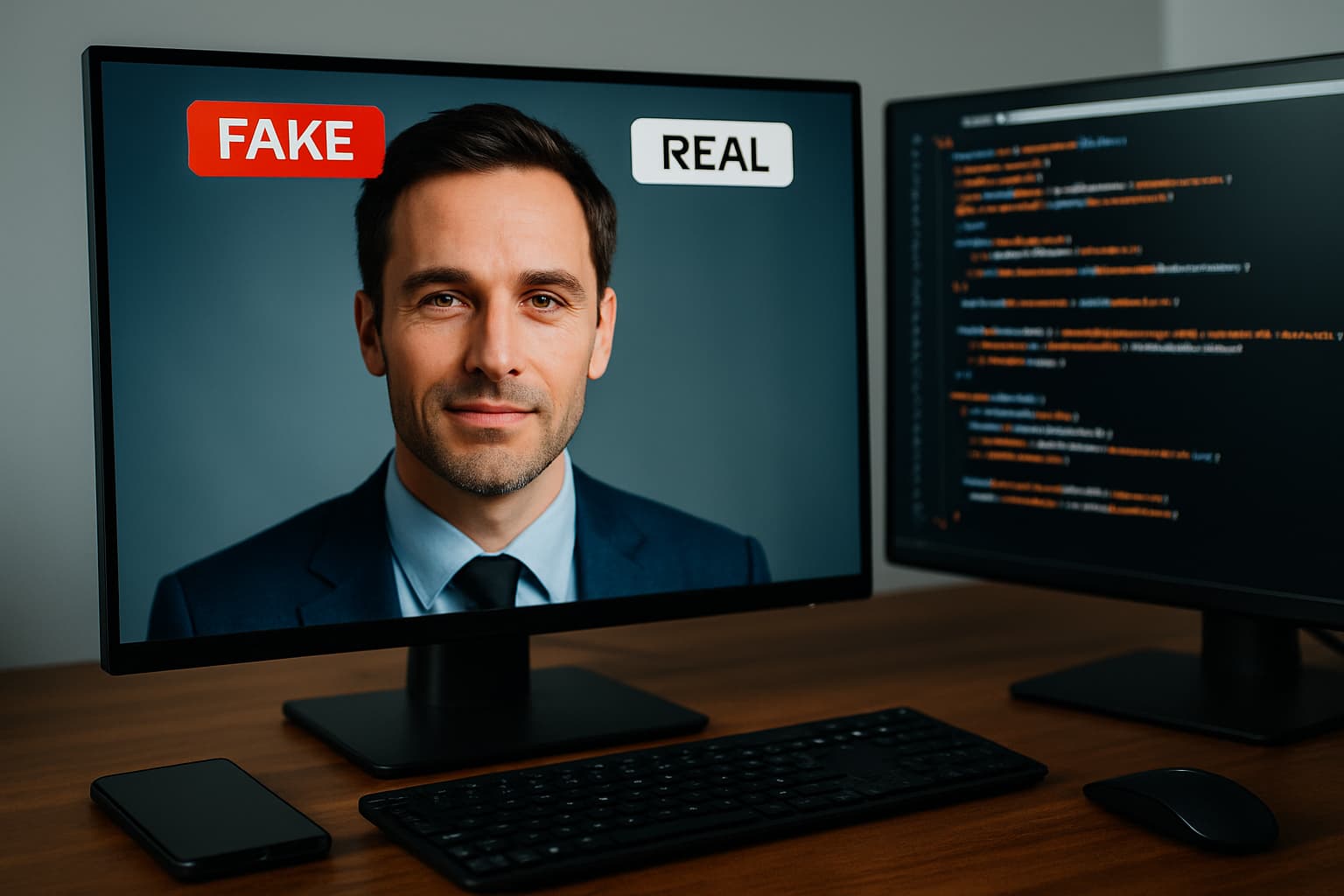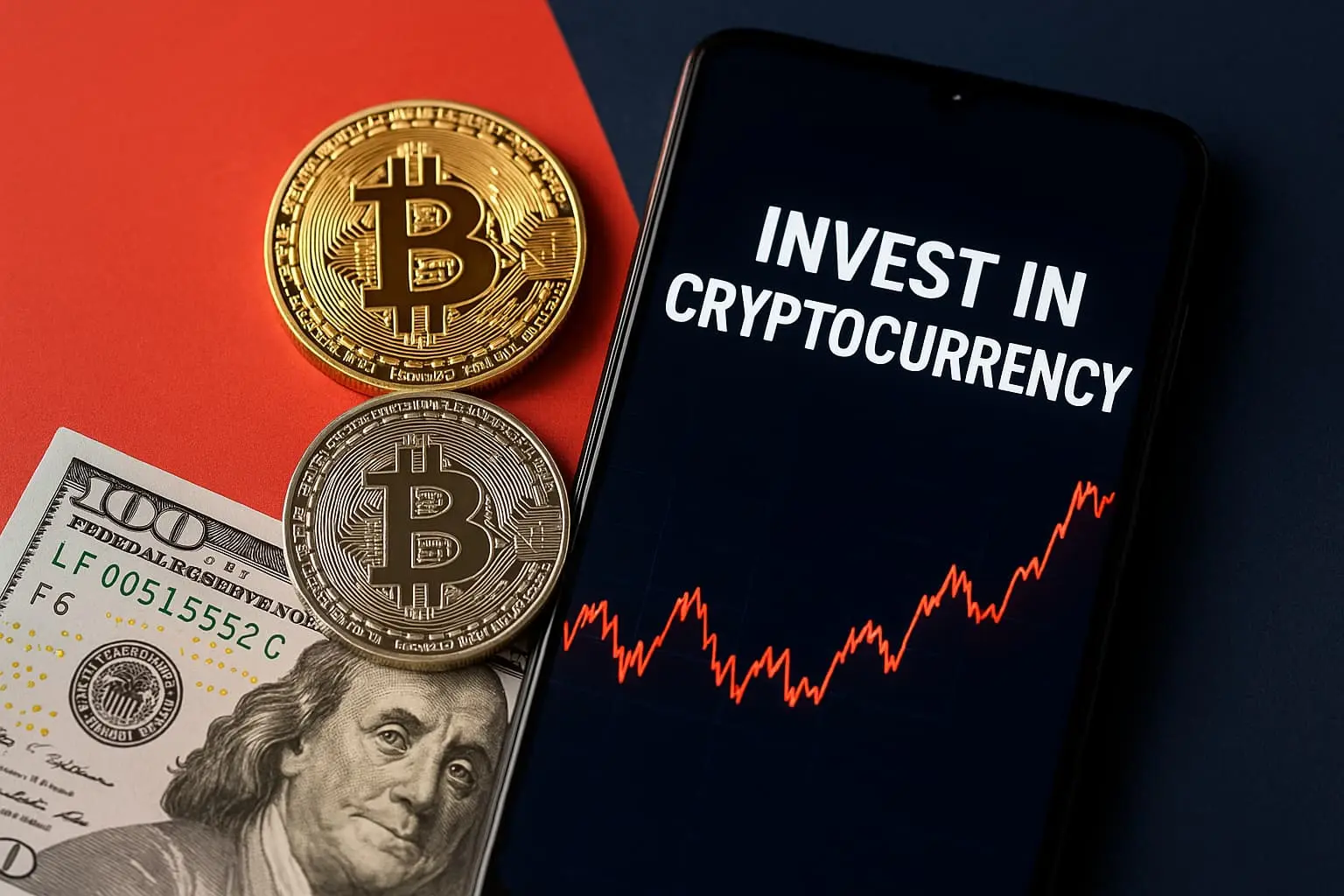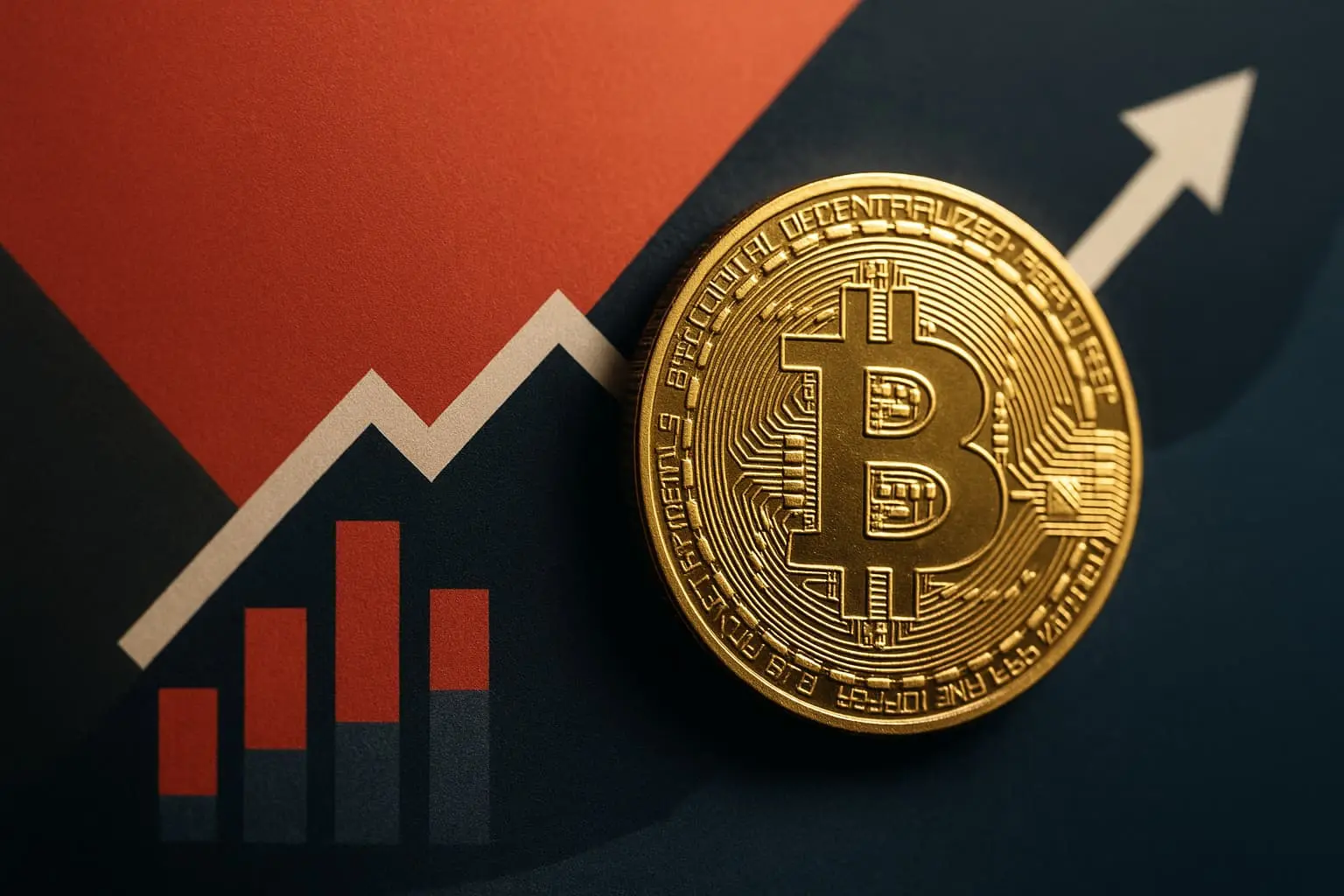What Is Deepfake Technology – And Why Everyone’s Talking About It
In today’s digital world, where seeing is no longer believing, deepfake technology has become one of the most talked-about tools in artificial intelligence. But what exactly is it? In simple terms, deepfake technology uses advanced AI — particularly deep learning — to create highly convincing fake media. Think videos or audio where people appear to say or do things they never actually did.
The secret lies in a clever mix of neural networks, facial mapping, and machine learning algorithms. These systems learn how someone looks, moves, and speaks — then use that data to generate synthetic footage that mimics real-life recordings with astonishing accuracy.
At first glance, it may sound like science fiction. But deepfakes are no longer futuristic. They’re very real — and already reshaping media, entertainment, and public trust.
From Niche Experiment to Global Phenomenon: A Quick History
While the technology behind deepfakes draws on years of research in AI and computer vision, the term “deepfake” itself only entered the mainstream in 2017. It was coined by a Reddit user who shared eerily realistic manipulated celebrity clips. Within months, others began experimenting — and improving — on the original tools.
Fast-forward to today: even casual users can generate basic deepfakes using apps and home computers. All it takes is a decent GPU, some training data, and a few hours of processing time. What once required a high-tech lab is now in the hands of everyday creators — and potentially, bad actors.
How Does Deepfake Technology Work?
To understand how deepfake technology works, you need to understand neural networks. These systems are trained on large datasets of images or video clips of a person. The deepfake model “learns” the person’s facial expressions, speech patterns, and gestures. Then, it uses that data to replace or recreate faces in another video, syncing them with speech and movement in real time.
The result? A manipulated video that appears entirely authentic to the untrained eye.
Deepfake Technology Examples in the Real World
There are several deepfake technology examples that illustrate both its creative and controversial potential. Some notable uses include:
- Film and entertainment: Bringing deceased actors back to life or de-aging performers (e.g., Star Wars’ Princess Leia and Luke Skywalker).
- Advertising and marketing: Synthetic brand ambassadors or spokespersons in promotional content.
- Satirical content: Political parody videos that spread on social media.
- Cybercrime: Creating fake videos to scam individuals, commit fraud, or spread misinformation.
The best deepfake technology is now so advanced that it’s virtually impossible to detect without AI-powered tools.
The Benefits and Advantages of Deepfake Technology
Despite its controversy, there are significant benefits of deepfake technology in professional and creative fields:
- Personalized content creation: Deepfakes allow brands and artists to produce custom video messages or multilingual voiceovers efficiently.
- Education and accessibility: Deepfake voices can narrate learning materials or assist people with disabilities.
- Entertainment innovation: Creative expression in film, games, and animation becomes more flexible and affordable.
These are just a few advantages of deepfake technology when applied ethically.
The Dangers of Deepfake Technology
The dangers of deepfake technology are equally real and potentially severe:
- Misinformation and propaganda: Deepfakes can spread fake news or impersonate public figures to manipulate public opinion.
- Identity theft: Fraudsters can use deepfakes to mimic someone’s voice or likeness in phishing attacks or scams.
- Legal and ethical ambiguity: Current laws often struggle to keep up with the pace of AI-generated deception.
Can Deepfake Detection Technology Keep Up?
To address these concerns, researchers and companies have developed deepfake detection technology. These tools use AI to scan for subtle inconsistencies in lighting, facial movements, or audio mismatches — signals invisible to the human eye but detectable through algorithms.
Still, it’s a race between creators and defenders. As the best deepfake technology evolves, so must the tools that detect it.
Who Created Deepfake Technology?
There is no single inventor, but the history of deepfake technology stems from the invention of GANs (Generative Adversarial Networks) in 2014 by Ian Goodfellow and colleagues. These networks laid the foundation for most modern deepfakes. The viral growth of the term “deepfake” itself, however, started on Reddit in 2017.
How to Use Deepfake Technology Responsibly
Want to know how to use deepfake technology without crossing ethical lines?
- Be transparent when content is AI-generated
- Always obtain consent if using someone’s likeness
- Use the tools for education, accessibility, or ethical creativity
Conclusion: Threat, Innovation – or Both?
So, is deepfake technology a threat or an innovation? The answer lies somewhere in the middle. Like any powerful tool, it reflects the intent behind its use. With proper guidelines and detection, we can maximize the benefits of deepfake technology and minimize its risks.
Whether you’re asking who invented deepfake technology, curious about deepfake detection technology, or exploring the advantages of deepfake technology, one thing is clear: the conversation is only just beginning.
Related articles: 5 Profitable Online Business Ideas That Actually Work in 2025









Leave a Reply